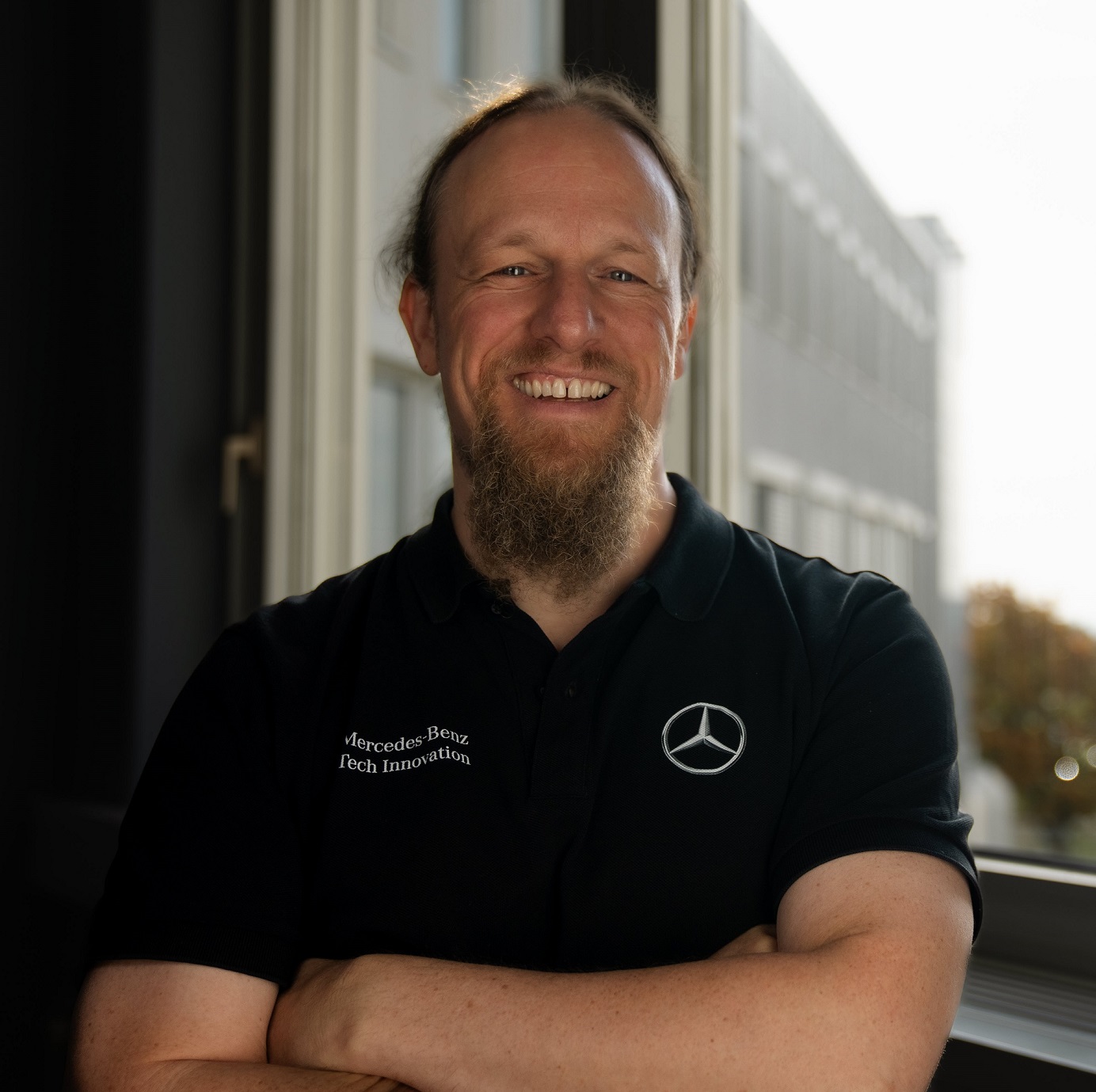
How to Kick-start A Community (without the stress)
by Wolfgang Gehring, January 18, 2022
Reading time: 5 minutesCommunities are all the rage these days! Well ok, actually, they have been ever since the existence of humankind, but let’s not nit-pick here. ;-) In our context, we are talking about communities that circle around your project, your platform, or your favorite topic. Humans are social beings, and so people will flock towards an active community that already has a lot of members. Obviously, this is a bit of a chicken-and-egg dilemma if you start at zero and you want to create a brand-new community.
So how exactly do you get such a brand-new community going? What can you do to kick-start a community? Here is a method devised by community expert Jono Bacon which you can use – consisting of three easy steps.
The Three Steps to Kick-Start a Community
Your first step should be the setup. Think about which platform you want to use for the community, where people can engage with each other. Popular platforms at Mercedes-Benz, for example, are Mattermost or Microsoft Teams. Then go ahead and create a slide deck, a presentation about your planned community, what it is about and why it is worth people’s time. Show your vision and give them a reason why they should use their valuable time to join and engage with your community. It is crucial to make this an exciting presentation to get people fired up!
Now think about some conversation starters. Come up with topics and questions that are relevant and interesting for the community, in order to jumpstart conversations, to get people engaged and participating. Have at least two per week for two weeks ready to go, so a minimum of four to six (we’ll use them in step 3). Think about this kind of like when you host a party and you introduce people to each other, something that would get them to engage in a conversation.
The second step is to invite your first group of people to a video call of about 30 minutes. Choose at least 5-10 people, better 10-20, who you know and trust, because you want to get their honest feedback. In the call, show them your slide deck. The deck should be no more than 10-15 minutes and contain these things:
-
Why do you want this new community? Show them your vision! Why do we need this community, what is cool about it? Get your audience excited and motivated!
-
What have we got so far? Make clear that this is just the starting point and a very early version and you need their blunt feedback.
-
Show them how they can help to create a successful community.
-
Call to action: Give them one single specific thing to do as soon as the call is over. For example, ask them: “Everyone briefly introduce yourself in our community channel”, e.g. who they are, where they are from, and one fact about them that other people probably don’t know. That is a fun way to get people up and running.
-
If it is a platform people are not familiar with, give them a brief demo of the platform in the call. Why not ask them to get registered right now in the call, in real time?
The third step is: Rinse & Repeat. Repeat everything you did in Step 2 – just with another group of people. Maybe a larger group. The key thing is that after each group call, you bring in the conversation starters. Once every other day, ask people your conversation starter questions, ask them to share their ideas, feeding into these discussions. Bit by bit, as people start to reply and provide their input and share their thoughts, and as you continue to respond to them, your community is going to form a bit more and more. Run the first group for two weeks, say, and after two weeks bring in another group. Do this a few times, and then hopefully, after a while, you should see a vibrant community.
Expand Your Community
Now, after the community has formed, it is another task to keep people in your community and get more people to join. Next to discussions, consider other goodies that keep people coming back and gets value for them for their participation. For example, why not provide nice tutorials on how to use your product? Or perhaps offer a webinar where people can get together and learn from experts.
An important thing after the community kick-start is promotion. Bang the drums for your community as loud as you can! Publish articles on social networks or your company’s social intranet, promote it with events, in forums, meetings, your network, and so forth. Think about who your audience is, where they tend to hang out and target them there. However, always in a thoughtful way – you don’t want to annoy people.
Remember that you have to be engaged yourself in your community, and to be patient, too. It does take time to for a community to form, but the outline here seems to be one of the most effective ways to get a community up and running. Try it out!
Note: This article is more or less a summary of a 14-minute video by community expert Jono Bacon. You can watch the full video here on YouTube. Another interesting video of his on “How to get new members to join your community in 4 steps” can be seen here.

